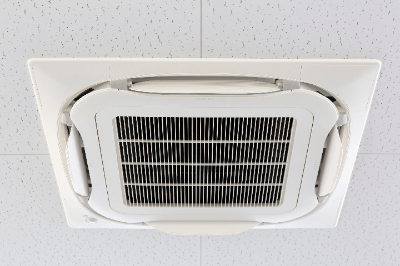What Is an Air Conditioner?

Air conditioners are devices used to regulate temperature and humidity within indoor spaces. They are broadly classified into two types: central air conditioning systems, ideal for large structures like commercial facilities, and individual split systems, suitable for smaller spaces such as offices and homes.
Uses of Air Conditioners
Air conditioners are widely used in commercial establishments, offices, schools, homes, and data centers. They not only adjust temperature and humidity but also control airflow. In data centers, they play a crucial role in maintaining optimal server conditions, efficiently regulating heat exchange and airflow for effective heat dissipation.
Principles of Air Conditioners
Air conditioners work through a cycle of evaporation, compression, condensation, and expansion, facilitating indoor heat exchange. Humidity control is achieved through methods like mist spraying or embedded electric heaters for heating adjustments.
Types of Air Conditioners
Distinct characteristics define central air conditioning systems and individual split systems:
1. Central Air Conditioning System
Central air conditioning systems feature centralized equipment, allowing for collective temperature and humidity control. This setup simplifies operational and maintenance management, but may require extensive duct and equipment installation space.
2. Individual Split System
Individual split systems feature separate air conditioners in each room, providing independent temperature and humidity control with minimal equipment and duct space requirements.
Specialized air conditioners for server rooms, such as in data centers, vary in types and cooling methods, including rack-based temperature control and underfloor air discharge systems.
How to Choose Air Conditioners
Choosing between a central system and an individual split system depends on various factors:
1. Horsepower
Confirm the air conditioner’s horsepower to ensure adequate temperature regulation for the intended space.
2. Airflow Adjustment Function
For large facilities with central systems, opt for air conditioners with variable air volume features that automatically adjust airflow based on room temperature differences.
3. Cooling Air Discharge Method
In server rooms, consider air conditioners with specific cooling air discharge methods, like underfloor systems, to align heat dissipation with cooling direction, preventing heat pockets and ensuring server efficiency.